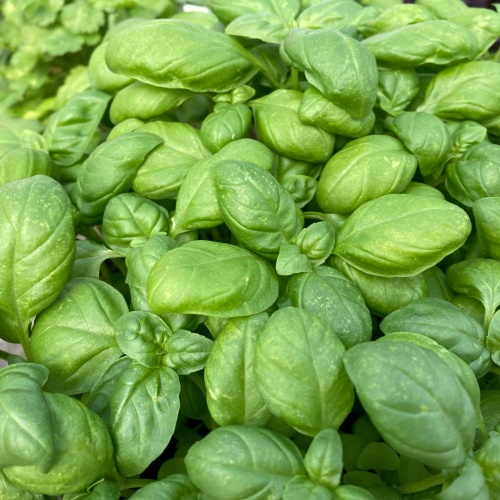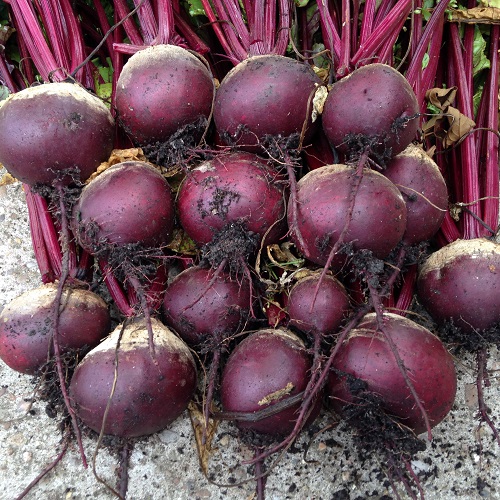Whether you have a big garden, a small patch of yard or a few containers on a balcony, these veggies will fit into your space and your routine.
With a little care and attention you’ll be reaping the rewards of your own mini harvest in no time....
Blight can wipe out your crop. Choosing the right blight resistant seed potatoes is crucial for a healthy harvest.
Read on to find out the top varieties of blight resistant seed potatoes that will save your yield....
Feeding chilli plants is crucial for growth and fruiting. Learn when to feed, what to feed and how to spot deficiencies.
Are you unsure which type of Parsley you should be using in your cooking? Which is best to garnish the plate? Which adds the most punch to your dish?
There are two main types of parsley; flat parsley and curly parsley. Find out the differences between flat and curly parsley.....
The seed potatoes you choose will affect the quality of your jacket potatoes.
Larger seed potatoes will give you a bigger crop. A floury texture is best for jacket potatoes, to produce a light and fluffy baked potato.....
Granular fertilisers are small, nutrient-rich pellets that release nutrients like nitrogen, phosphorus and potassium slowly into the soil.
This slow release means your plants get a steady supply of nutrients over time, for healthier and more vigorous growth....




